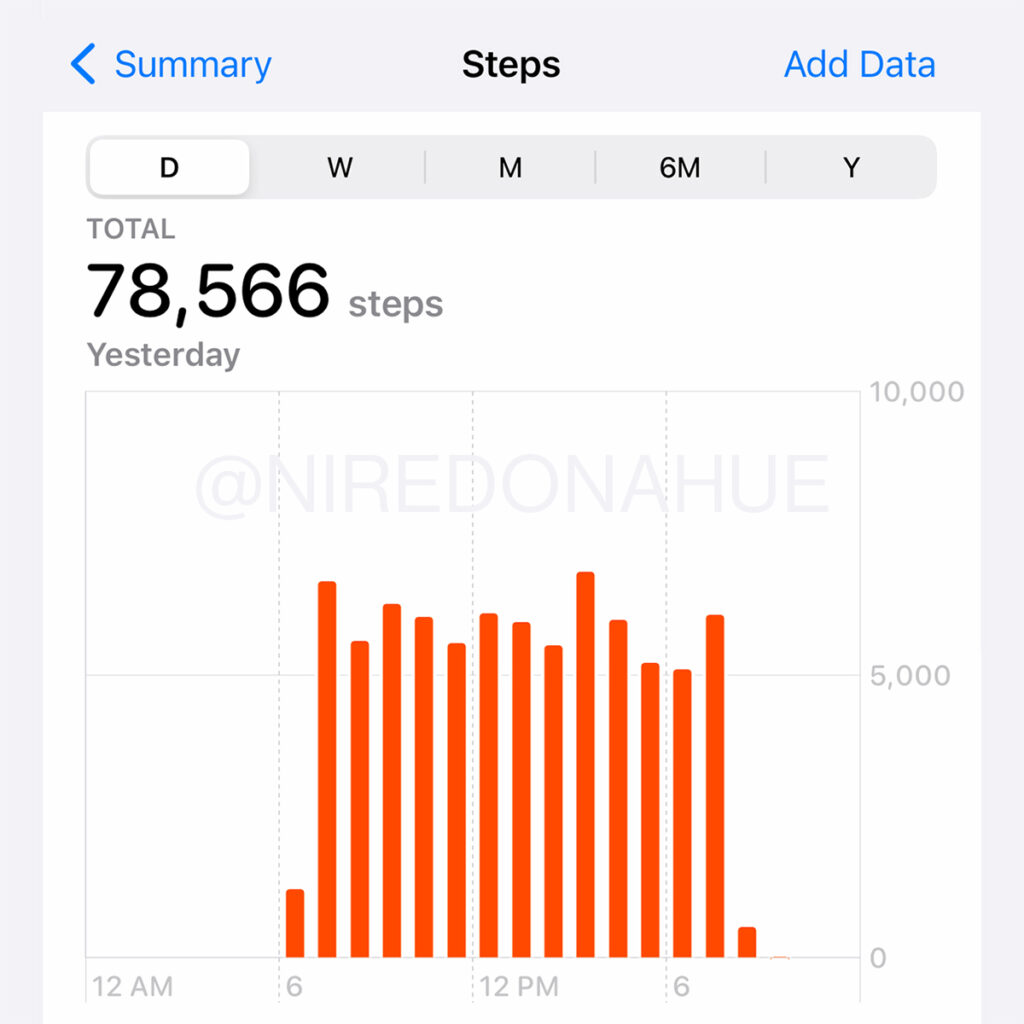What To Expect Walking The Great Saunter: 32 Miles Around Manhattan
May 6, 2024
Last Updated on March 9, 2025 by Erin Donahue
Have you ever wondered what it’s like to walk the perimeter of Manhattan? This activity in NYC has been a bucket list item of mine for years, and I finally accomplished it at the Great Saunter, a 32-mile “saunter.”
Previously, I had always expressed a desire to walk this, but knowing myself, I needed an extrinsic motivator. Little did I know, an organization hosts an event specifically for this! I came across Shorewalkers, a nonprofit that has hosted the annual Great Saunter each year in May since the 1980s. Their mission is “dedicated to promoting and preserving New York City’s waterfront, as well as raising awareness of its shorelines by leading invigorating hikes throughout the metropolitan area.” The Great Saunter is a great way to see the ever-changing shoreline around New York City, and I walked through areas in Manhattan I’ve never been to before.

How To Prepare For Walking 32 Miles In A Day
Be warned if you decide to take on the challenge of the Great Saunter: it will hurt, and it will have you questioning your sanity! Getting ready for this reminded me of the rituals I used to do before my cross-country races when I was a varsity runner in high school. It’s highly recommended to do some endurance training in the months leading up to the Great Saunter. While I didn’t train like it was a marathon, I did some training. I walked on the treadmill for 30-45 minutes three times a week at an incline, and when I traveled, I typically walked up to 10 miles while wearing a heavy backpack filled with camera gear. Right before my first Saunter, I was getting in a lot of steps while traveling through Japan and Taiwan.
However, none of that was enough. My body wasn’t trained for two-thirds of the distance. The first 20 miles were easy for me, and it was fun until it wasn’t. The last 12 miles were excruciating because the soreness started settling into my body, especially my hip. As someone who’s been athletic all my life, I felt a pain I’ve never felt before. I limped the last leg of the Saunter, had to take many breaks, and willed myself not to stop since there are some parts of the path that are not safe.
While it should have been a proud moment, I was frustrated with how my body betrayed me and how it performed. Feeling so out of control was a stark reminder of our mortality. In hindsight, in addition to endurance training, it’s imperative to incorporate mobility training like hip flexor exercises. A wise person probably would have stopped to avoid injury, but this will likely be a one-time experience for me, at least for the foreseeable future. Initially, I aimed to finish in 10-12 hours, but ended up completing the challenge in 13 hours. Once I finished and was able to stop, my hip completely seized up, and I quite literally crawled into and out of an Uber, much to the amusement of the driver. Usually, I would take the subway, but that was impossible

What To Expect The Day Of The Great Saunter
Bibs are mailed out before the event, and the day starts anytime between 7-8 am in the Financial District. While there, participants collect their maps and merch and go off.
To maximize your experience, it’s important to pace yourself. 32 miles is a lot. More than a marathon! Avoid starting too fast and running out of steam before the end. For me, the first 20 miles were easy, but I started to feel it during the last leg. It was all mental at that point. Stay hydrated by drinking more than you feel you need, and consider adding electrolytes. Take time to stretch along the way to prevent your back and leg muscles from getting stiff. Additionally, safety is paramount on the route, which is shared with walkers, runners, bicyclists, skateboarders, e-bikes, and e-scooters. Saunterers should remain alert at all times, stay on paths designated for pedestrians, and exercise extra caution when sharing paths.
Plan To Bring
- Water bottles or backpacks that hold water like Camelbak’s
- Snacks and lunch
- Bring a hat, sunglasses and an extra layer for the cooler morning and night temps
- Extra pairs of socks
- Sunscreen, lip balm, anti-chafe balm
- First-aid items like band-aids, moleskin bandages and painkillers
- Tissues
- A portable battery charger
What Happens Post-Saunter
Walking 32 miles in a day is indeed quite a feat. It’s an exceptionally long distance, particularly for individuals living sedentary lifestyles. Immediately after completing the trek, my body began to shut down, yet I still had to make my way home. Instead of opting for the subway, I crawled in and out of an Uber. Upon arriving home, remaining upright became an immense challenge, and I needed assistance just to stand and walk.
I was worried I might have injured myself by pushing through the pain, but the following day, I felt the pain slightly subside and found myself gradually able to lift my legs again. Expect intense soreness lasting several days, likely leaving you hobbling around like a troll beneath a bridge. Although my boyfriend ordered a cane to assist with walking, by the time it arrived, I no longer required it. It’s essential to prioritize ample rest and recovery time. If you’re training for ultra-strenuous events such as marathons or triathlons, your recovery bounceback will surely be quicker since your body is tuned for this.
Do You Accept This Challenge?
Everyone who participates in the Great Saunter has their reasons. For me, I simply needed an extrinsic motivator. Over 3,000 people participated in the challenge this past weekend. Since posting my experience on social media, which has now gone viral across platforms, I received tons of messages indicating that a lot of people were not aware of such an event.
Registration opens every February, and the Great Saunter takes place annually on the first weekend of May. Good luck to those who take on the challenge next year!

Leave a Reply Cancel reply
is the creative studio of Erin Donahue, offering photography, videography, and content creation services for brands, hotels, tourism boards, and publications.
Based in New York City, but available globally, this multi-disciplinary digital creative left a career in the hedge fund space to pursue her passion as a travel and brand photographer, creating imagery that resonates with audiences. She approaches every project with a focus on storytelling, producing visuals that engage and inspire.
Her work has been commissioned by brands like Sony, Apple, and Google, and the content she has created has reached millions across social media.
To keep up to date with everything she shares, follow along on social media and read up on what camera gear she uses to capture the shot.
Niredonahue
© Erin Donahue Creative LLC, All Rights Reserved
Terms of Service & Privacy Policy